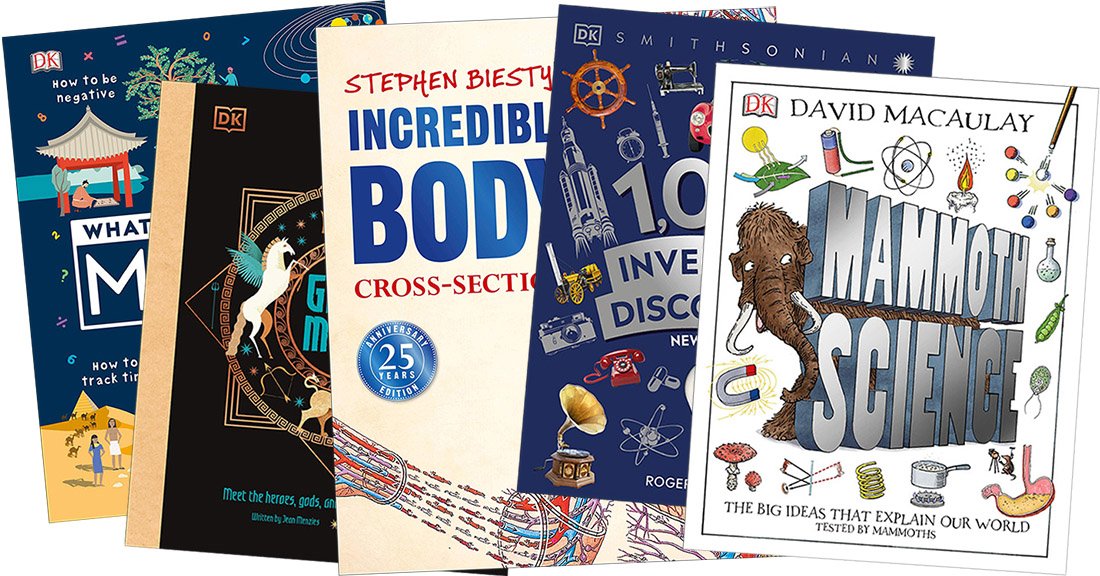
Back to school is looking very different this year. Many of us are doing at least some remote or home schooling, and DK has the educational books that will interest and engage our kids while learning at home. Here are some of the books we’re adding to our shelf this September covering math, science, biology, history, and classical literature. Scroll down to the bottom of this post for your chance to win a copy of Mammoth Science!
Click on the titles or cover pictures to see these books on Amazon.
David Macaulay
All things lead back to mammoths in this book, so if your child likes mammoths – and what’s not to like? – then they’ll love these friendly, hand-drawn mammoths (and elephant shrew helpers) putting science into action. David Macauley’s simple diagrams and cross-sections, amiable mammoths, and practical examples teach basic principles in a way that’s accessible to all kids. Five chapters offer a broad overview of these subject areas: matter, life, energy, forces, earth and space.
Learn about different techniques for separating mixtures – sieving, filtering, and distilling – as a mammoth tries to make a cup of tea from silty seawater. Discover the basic principles of energy by observing a mammoth with springs strapped to its feet (and a football helmet of course!) jump off a high platform. Learn about mass, force, and acceleration as mammoths race each other in shrew-powered carts.
Mammoths as scientists, mammoths as test subjects, mammoths doing science! This unique and clever book will be a treasure on any bookshelf.
Richard Platt & Stephen Biesty
Stephen Biesty’s cross-sections series are beloved for the way they bring the viewer up close and right inside his subjects. In Incredible Body Cross-Sections, his intricate illustrations show each body system from the brain and bones all the way through to the circulatory and respiratory system. A four-page pullout spread in the centre of the book displays the entire digestive system from the mouth down into the gut and then out. (Yes, this gets giggles from the kids every time.)
In this amazingly detailed book, two tiny explorers take a journey through Stephen Biesty’s body itself, bringing the reader along with them on an exploration of the eye, ear, brain, spine and nervous system, skeleton, skin and muscles, digestive system, circulatory system, excretory system, reproductive system, heart, and respiratory system. Realistic and fanciful at the same time, Biesty’s drawings feature tiny imaginary workers that keep everything working smoothly.
See how blood is pumped through the heart and discover what the spleen actually does. Did you know that there are 206 bones in the adult skeleton, and lungs are the only organ that float? Or that an adult brain weighs about 3 pounds and is made up of 100 billion nerve cells? My youngest loves the added challenge of trying to find the two tiny explorers hidden on each spread.
Roger Bridgman
From the discovery of fire to the first image of a black hole and ultra-high-speed video able to capture the motion of individual light pulses, the updated edition of 1000 Inventions and Discoveries covers one thousand of the most significant inventions and discoveries throughout human history. This is a fascinating and inspiring encyclopedia of human progress in culture, math, medicine, science, and technology, and the figures behind these seminal discoveries.
There’s the usual “big ticket” items like Newton’s Theory of Gravity and the discovery of flight, but we were also fascinated by the history behind “smaller” discoveries that ease our day-to-day lives like standard shoe sizes, button holes, and can openers. Can you imagine pulling out a hammer and chisel every time you wanted to heat up a can of alphabet soup?
Check the timeline running along the bottom of the pages book for important geological, historical, and cultural context surrounding each invention and discovery. Double-page spreads throughout detail some influential figures in history like Pythagoras, Gutenberg, Isaac Newton, Albert Einstein, James Dyson, and their discoveries. Unfortunately, there’s a noticeable shortage of female and non-Western representation, particular in the last half of the book, so I wouldn’t consider it complete.
This book was written for all of us who lamented throughout school, “When will I ever need to know math?” What’s the Point of Math? explains exactly why math is so important and how counting, measuring, patterns, statistics, and probability are applied every day.
What might seem like a dry topic becomes interesting through the liberal use of simple graphics, brain teasers, puzzles, and practical examples that demonstrate some of the surprising ways that math applies to every aspect of of life. Real life examples show how and why math is important – in measuring time, making music, opening a savings account, and protecting your personal info when online shopping.
Learn why game theory could help someone escape from prison, how using coordinates are key to finding buried treasure, and how understanding frequencies will help you write secret codes with your friends. Try It Out boxes let kids play with math, puzzles, games, and brainteasers that will engage their brains and foster a new appreciation for math.
Jean Menzies & Katie Ponder
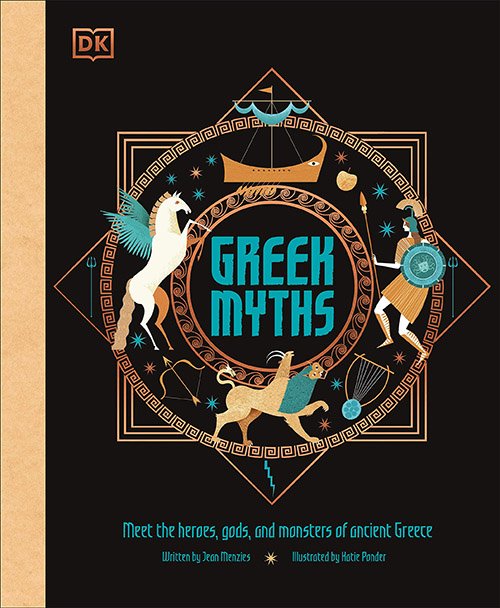
If you’re unfamiliar with Greek myths, you might be surprised at the amount of sex and rape and murder in them. This beautifully illustrated book retells these classical Greek myths, but cleaned up and modernized for a younger audience (though there are still plenty of siblings getting married!).
This lovely volume is a fascinating introduction to some of the ancient myths that have left their mark on the Western world even today. The 31 myths in this book include well-known stories like Pandora’s Jar, Theseus and the Minotaur, and Midas’ Golden Touch, as well as lesser-known tales like The Fall of Ouranis, Arachne, and The Adventures of Atalanta. Classical, art deco-inspired illustrations accompany each story and bring them to life.
Between stories, the author also spotlights 14 key gods and goddesses in the Greek pantheon: Zeus and Hera, Demeter and Poseidon, Apollo and Artemis, and more. Each profile includes information about their lineage, areas of special interest, and sacred symbols.
The last chapter discusses the myths themselves and how the ancient Greeks documented their stories in texts, artwork, and oral traditions. Even 2700 years later we can trace the influence of these Greek myths and heroes in the names of plants, animals, planets, and constellations. There’s also a quick guide at the back to some of the mythical beings and monsters in the stories, along with an introduction to Mount Olympus (the home of the gods) and the Underworld.
Win Mammoth Science!
Here’s your chance to win a copy of Mammoth Science. Enter in the giveaway widget below. This giveaway is open to residents of Canada, 18+. All the winner’s entries will be verified.
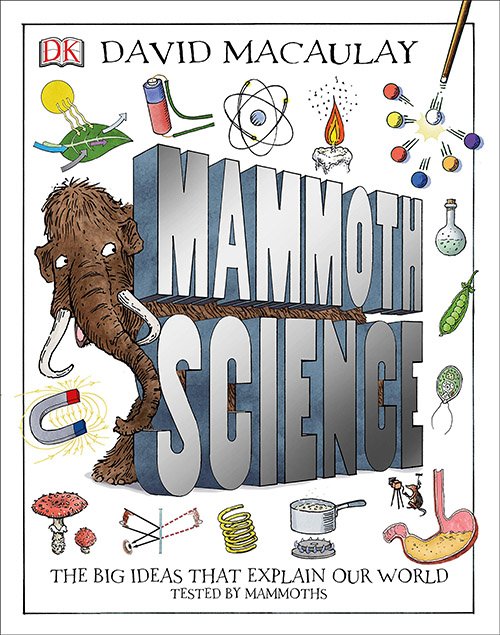
Click here to check out my other open giveaways and be sure to follow me on Facebook!
Disclosure: I received sample items to facilitate this post. All opinions expressed are completely honest and my own, based on my personal experience. Your experience may differ. This post contains affiliate links. As an Amazon Associate I earn from qualifying purchases, at no additional cost to you.
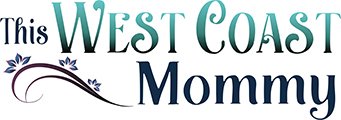

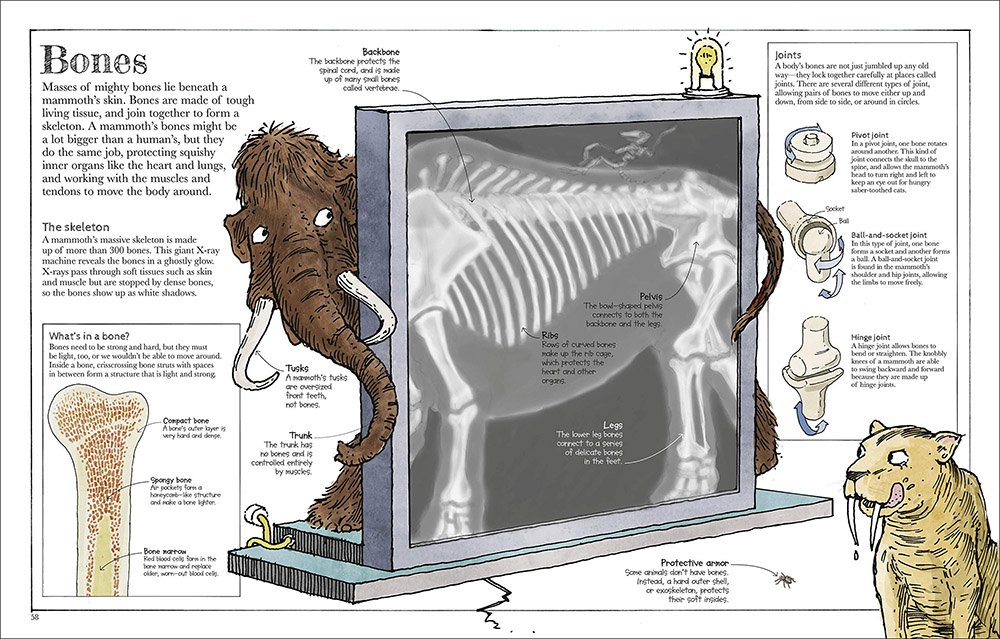
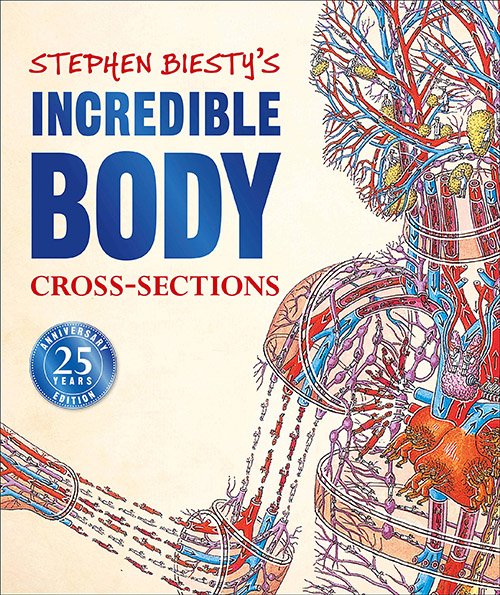
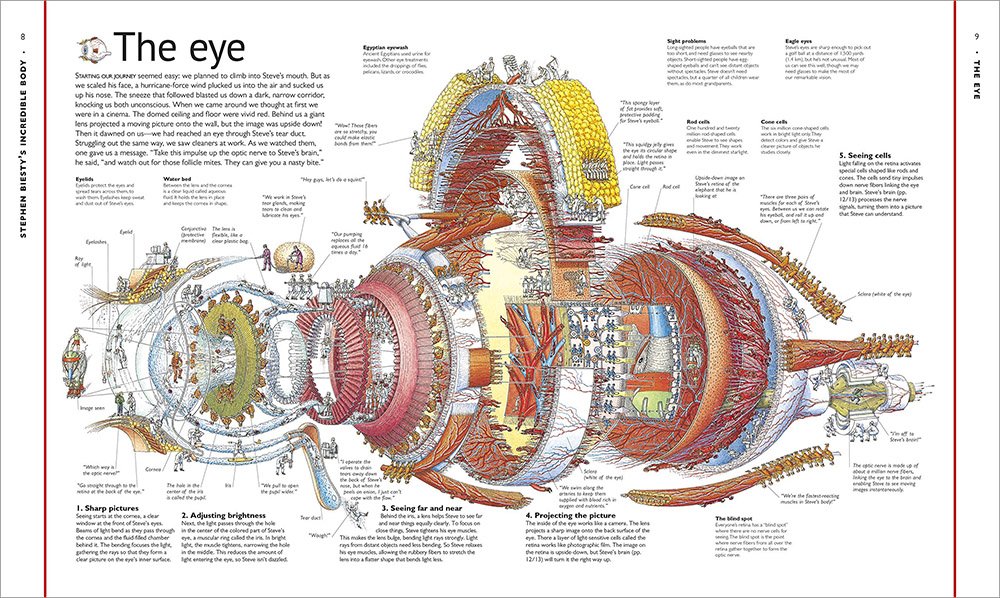
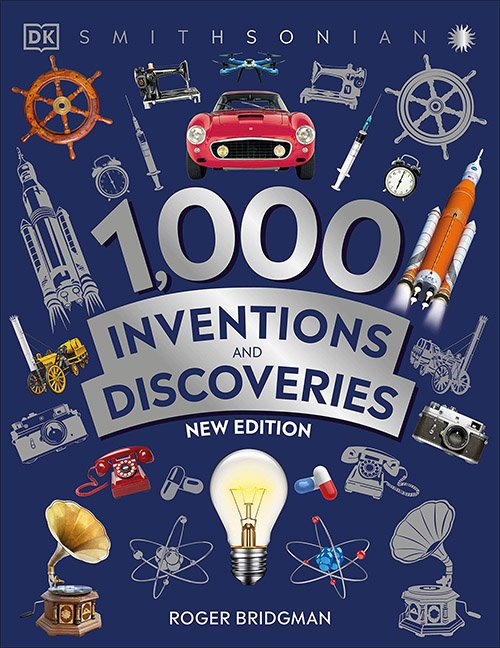
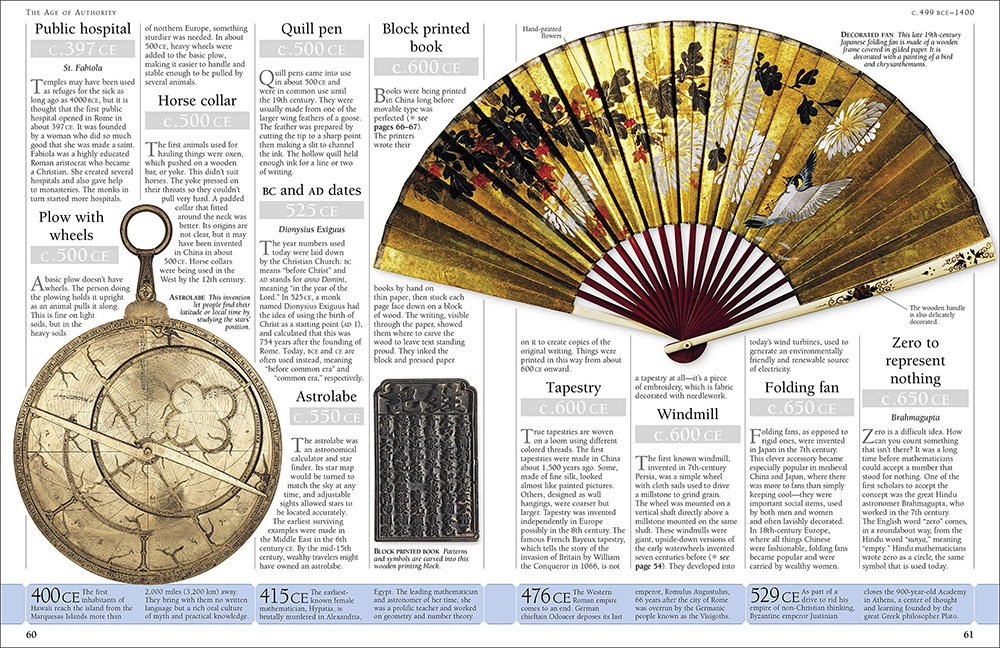
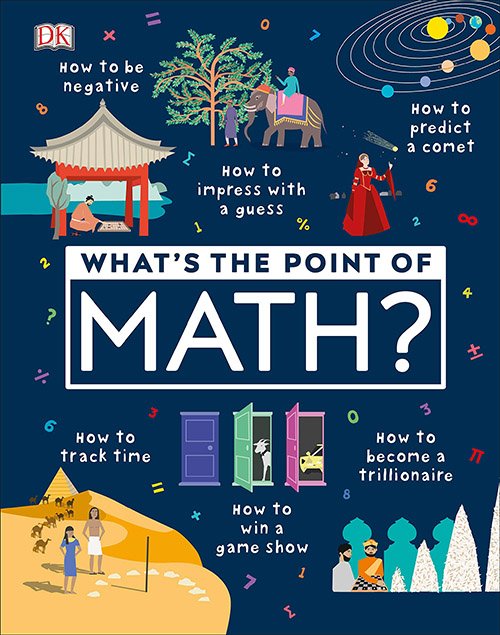
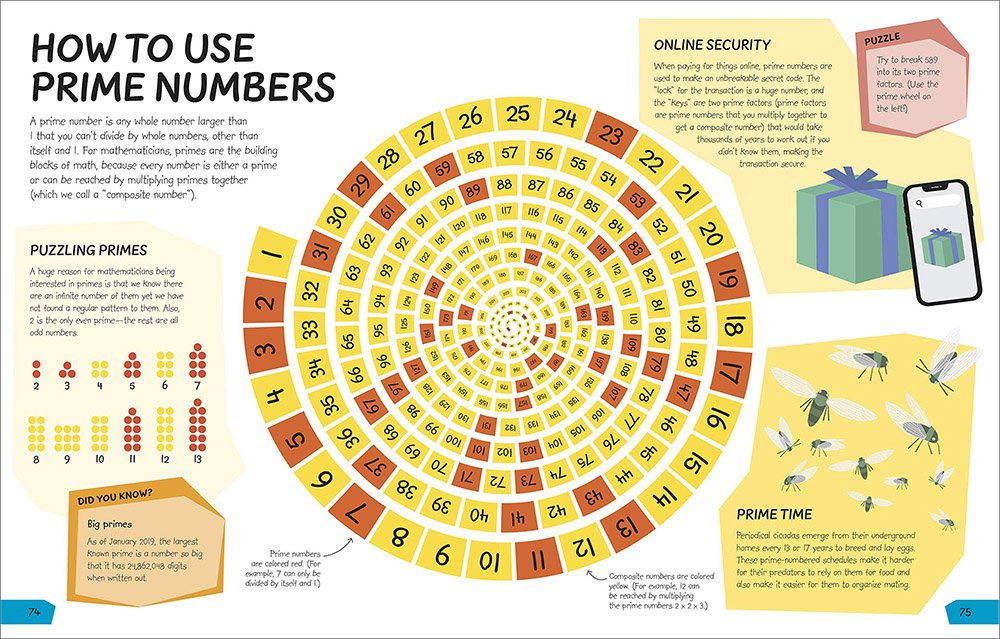
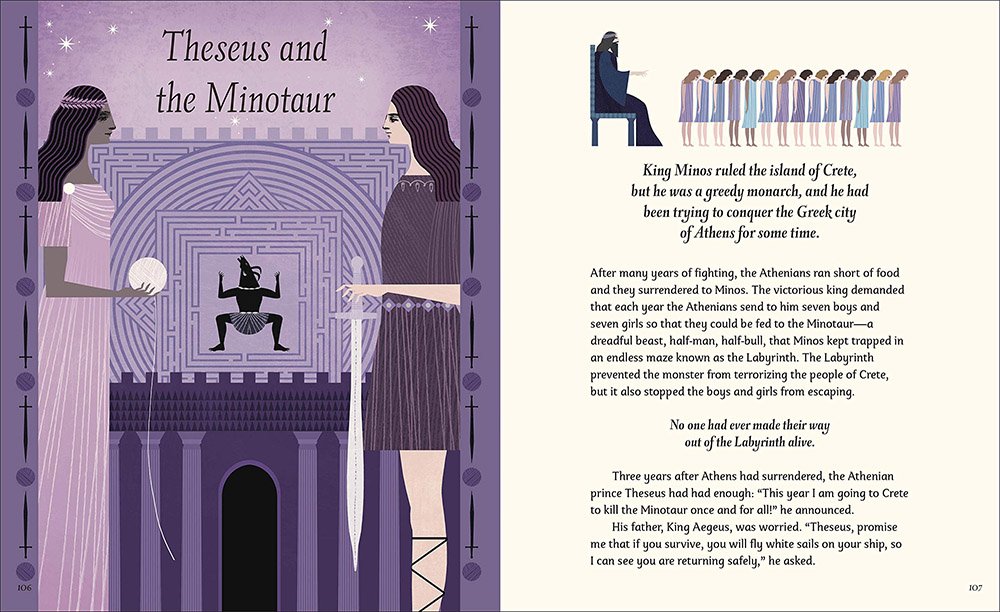
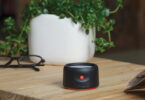
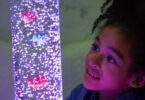
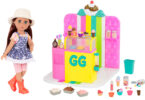
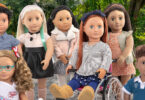
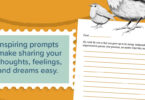
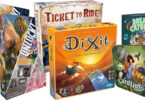
The only subject my granddaughter has trouble with is math so I’m hoping How To Be Good At Math would be interesting,
Another book we would be interested in is Stephen Biesty’s Incredible Body Cross-Sections, sounds pretty cool and it’s great to learn about our bodies
I would love to bring home History Year By Year.
Greek Myths!
We would love the SuperSimple Chemistry book
I love dk books! I would totally get the dictionary or timeline of everything.
Another title I would be interested in is Animals: A Visual Encyclopedia (Second Edition).
I know that Stephen Biesty’s Incredible Body Cross-Sections and Super Simple Biology would be very popular in the house.
I would love to get How to Be Good at Math my granddaughter is struggling with math maybe this would help.
I would also like to bring home the World History Timelines of Everything book to enjoy with my grandson.
Super Simple Chemistry looks like a good basic book for understanding chemistry.
I love DK books, would love to bring home HOw To Be Good At Math, Geometry Genius, History Year by Year. oh so many great books, I LOVE DK books, their so informative.
My grandson would really enjoy the Dinosaur! book.
My granddaughter would totally enjoy the book 1000 Inventions and Discoveries.
1000 Inventions and Discoveries
I’d love ‘Greek Myths’.Thanks!
I would like to also have Super Simple Biology.